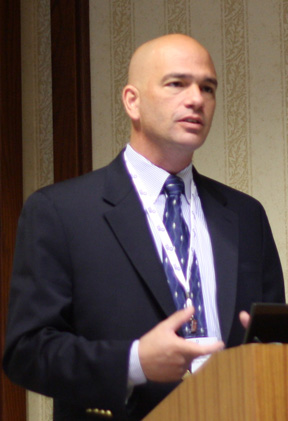In the last 18 months there has been a deafening noise around the use of mobile technology in addressing some of the challenges facing health care today in this country. Although there are many definitions of what the “killer app” for mHealth is dependent on the vendor you ask. One common impression that is pervasive is that mobile technology solutions will somehow play a key role in re-shaping health care in this country and continue worldwide.
Unfortunately, the overwhelming majority of mobile solutions for health care have a common thread in that the lion's share are aimed at disease and disease management of some type. From the recent FDA approval of a one specific vendor’s diabetes solution to the myriad of mobile devices to record biometric measurements of all types there are more mobile technology and remote monitoring applications for health care than all other healthcare applications combined with an estimated 2,000 today and growing (Naish, 2010). From “I Tweet Your Weight” to “Fertility Monitor”, “Sleep Aid”, “Acne App”, to finally “Baby’s Coming” if you have a situation with your health some innovative engineer has created an “App For That” (Naish, 2010).
Here in the United States with the appearance of grant money for the Regional Extension Centers, Beacon Projects, Health Information Exchanges and Meaningful Use projects has provided mobile application providers for health care yet another venue to create value propositions that further confuse the vision for these products and services. No matter how cool the mobile app for health care may seem the real challenge for mobile technology solution providers is finding a clear definition of what it is they provide, to whom they sell, what the business model is, and most importantly why will the consumer utilize their products and services.
A recent article that appeared in MobiHealthNews posed the question; “Is mHealth at the Peak of Inflated Expectations?” which by all estimations is a fair question (Dishman, 2010). As with many new innovations that sweep the consumer market, mobile technologies have created an environment where a large disruption has taken place in a relatively short period of time. There is great utility in this type of disruption for the health care market where communication and engagement is sorely lacking and when compared to the pure consumer markets is almost non-existent. The article suggests that perhaps “mHealth” has quickly become so confused in it’s definition that is may have has lost any comprehensible value proposition as well as the definition of any sustainable business model (Dishman, 2010). Perhaps the largest threats to the survival of this fledgling market are the facts that the tangible value proposition and sustainable business models have become so muddled the target market is beginning to be immune to the message. The initial intent of many of these mHealth products may have been to increase quality of life for those termed the “Sick and Savvy” by the Deloitte study last year as well as decrease the costs associated with managing chronic care. However these targets seemed to have been forgotten in a haze of meaningful use and EMR/EHR technologies that will solve all the health systems ills (Keckley & Eselius, 2008). What has become critical at this juncture is a more honest open dialogue around how mHealth and its utility become as watered down as many other past solutions in health care information technology.

 By
By 














